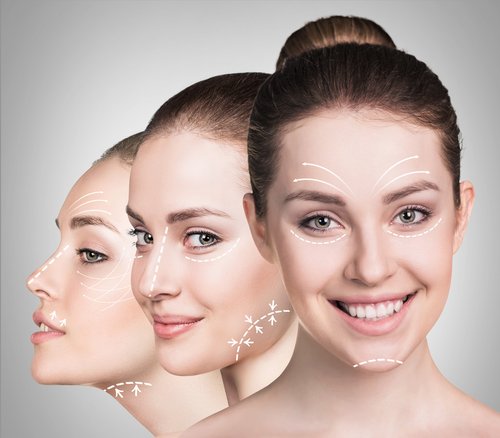One of the most compelling benefits of the SMAS facelift is its ability to rejuvenate the midface—lifting sagging cheeks and softening nasolabial folds—without creating the tight or “windblown” appearance often associated with older facelift techniques. This natural result is achieved through a refined approach to vector lifting and the deeper structural repositioning of facial tissues.
Understanding Vector Lifting
Unlike traditional skin-only facelifts that pull the skin horizontally (which can lead to an artificial or stretched look), the SMAS facelift works by lifting the Superficial Musculoaponeurotic System (SMAS)—a deep layer of connective tissue and muscle that underlies the skin.
During the procedure, surgeons lift the SMAS layer vertically or superolaterally (diagonally upward and back toward the ears). This vector of lift mirrors the natural direction of youthful facial contours and gravitational descent. By elevating the SMAS along these natural vectors, the midface appears fuller and more youthful without the skin looking unnaturally tight.
Why SMAS Produces Natural, Not Overdone, Results
The key to the SMAS facelift’s natural appearance lies in its deep-plane support. Because it repositions and secures the underlying musculature and connective tissues—not just the skin—the surface doesn’t have to be pulled taut. This reduces surface tension, which is what often causes the “pulled” or frozen look.
Additionally, the SMAS facelift allows surgeons to customize the lift based on the patient’s unique facial anatomy and aging patterns. By addressing volume descent in the cheeks and jawline with precision, the result is a refreshed, more youthful look that still preserves individual facial character.
In contrast, overdone facelifts often result from excessive skin tension, poor vector planning, or neglecting the deeper facial layers. These approaches can distort facial features, especially around the mouth and eyes, making the person look unlike themselves.




